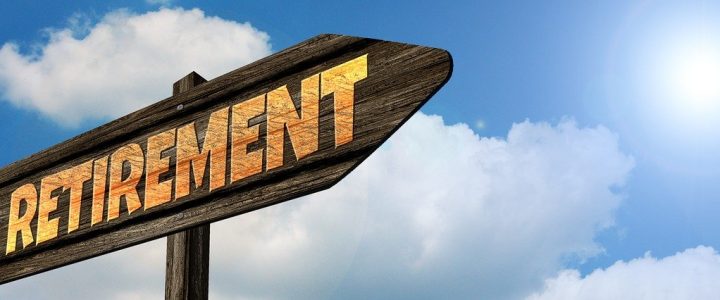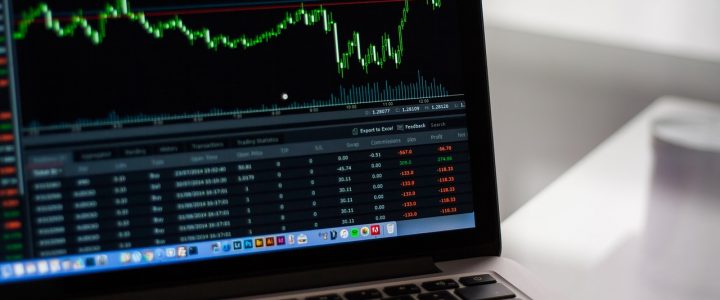A succession plan will help assure business continuity. If you’ve built a successful business, you know that having a plan is critical to making it work. By the same token, readying your business for your retirement is an important piece of the puzzle.
While there are no set rules in a succession plan, you may want to include such details as:
- The successor: family member, business partner or someone new who will buy out your share
- Timeframe/transition period
- Key personnel changes and skill retention
- Training and development of new leadership
- Legal considerations: buy-sell agreement, estate plan/will
- Risk management
- Communication strategy
- Financial considerations: retirement income, insurance, sale price, tax implications
Protecting your most valuable asset: You
Your exit strategy recognizes when you are planning to retire from the business. It can also address any potential surprises that may impact your ability to remain in charge.
You may develop a major illness or injury that takes you away from day-to-day operations. Having insurance in place can ensure your company will continue to function in your absence. While also protecting your own earnings and family, particularly if you’re not able to return:
- Disability Insurance: All owners should have their own insurance that covers their monthly earnings in the case of an illness or injury that requires long-term healing. It may include a buy-out clause.
- Business Overhead Expense Insurance: Provides funding to the business of any overhead expenses (such as payroll or rent) if these costs are jeopardized by being away for an extended period.
- Critical Illness Insurance: This is generally a lump sum payment that helps you cover your bills if you have a serious illness.
- Key Person Life Insurance: A life insurance strategy may include a payout to the business for continuity, or to your estate to minimize any tax implications. Life insurance proceeds equalize payments to heirs.
If you plan to retire, you need a plan
If it’s time for you to hand over the reins, your succession plan should address the time horizon for transition. You may want to execute a buy-sell agreement with partners or co-owners. The agreement outlines the circumstances of the exit and the price for your share of the business. Insurance can be used to help minimize the tax impact of a small business sale and to finance retirement income.
There are many tax-efficient ways to protect your business and help you transition to your retirement.
Contact me if you’d like to learn more about these business-owner strategies.
This website is for informational purposes only and is not intended to be specific advice or recommendations. For specific advice or recommendations you would need to meet directly with one of our advisers.





